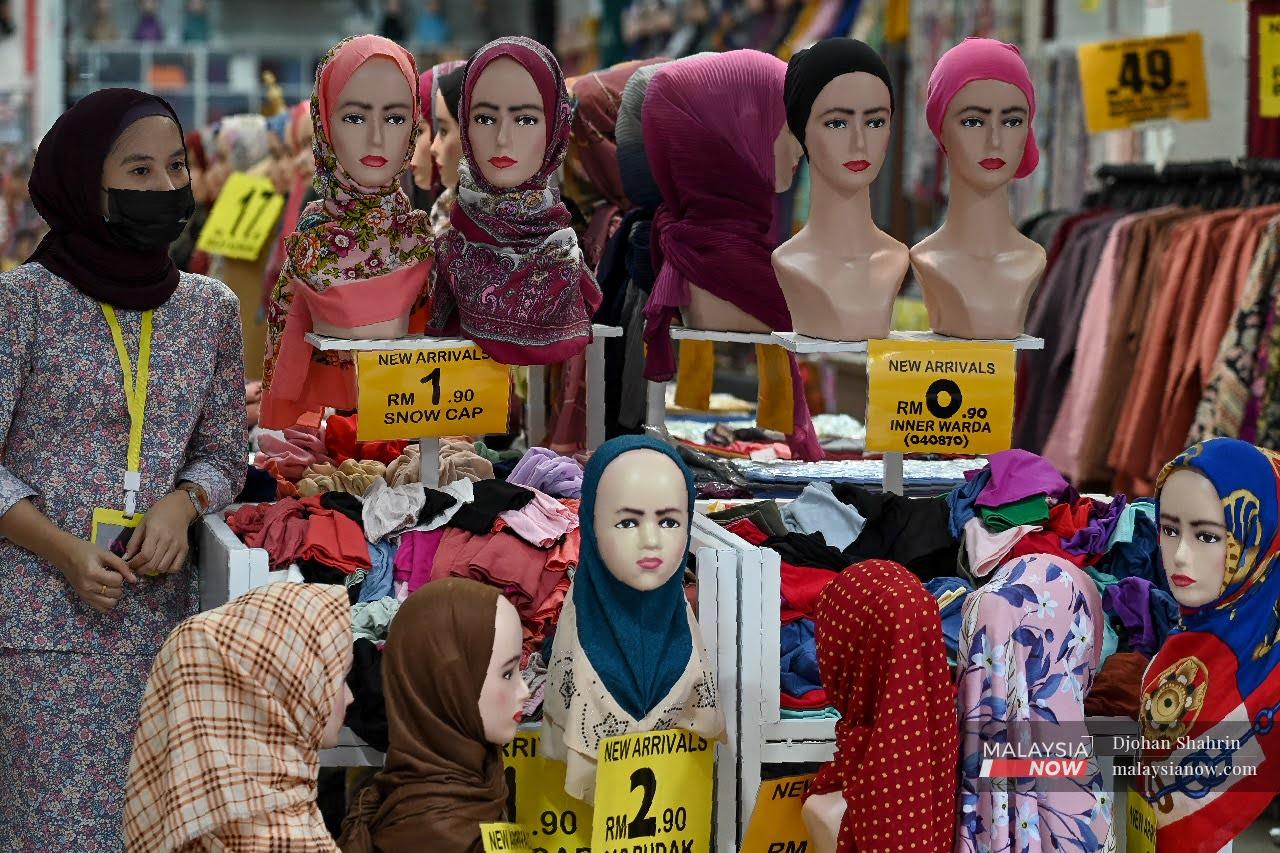The NEP at 50: Misunderstood and misrepresented
Modern Malaysia’s definitive communal policy agenda should be reoriented not retired.
Just In
2021 marks the fiftieth anniversary of Malaysia’s New Economic Policy (NEP). In reaching this milestone, some will fervently celebrate the NEP and credit it for uplifting Malaysia and empowering the Bumiputera majority. Others will fiercely castigate the NEP for disfiguring race relations and entrenching systemic inequalities. Praise for its enduring legacy will clash with scorn of the “Never Ending Policy”.
The NEP has unquestionably transformed Malaysia, but it is the best thing or the worst thing to have happened to the country, depending on who you ask. Yet both sides of the debate have one thing in common, a tendency to distort its contents. The NEP is both vaunted and spurned in misguided ways.
Its half centenary presents a ripe opportunity to revisit the NEP and recover its meaning.
Two common distortions must be confronted.
The first basically denies that the NEP has provided preferential treatment for the Bumiputeras. This stance, which entertains the notion that the NEP does not exclude minorities because all ethnic groups can still advance socioeconomically, is overzealously apologetic about the NEP and objectively wrong.
Forged in the aftermath of the 13 May 1969 racial carnage and political tumult, the NEP set out a bold “two-pronged” mission: first, to eradicate poverty regardless of race; and second, to restructure society by eliminating “the identification of race with economic function”.
The first prong’s objective and instruments are specific: poverty reduction through providing basic needs, basic schooling, infrastructure and rural development; on the whole, programmes to boost income and welfare of lowest income households of all communal groups.
The second prong is fundamentally different. It’s objective is to promote Bumiputera participation in higher education, professional and management positions, business and entrepreneurship, and equity ownership. The key operational feature of these programmes is Bumiputera preference, through quotas, reservations and other forms of special treatment.
These paramount distinctions are, unfortunately, no longer appreciated. Malaysians seemingly expend more energy denying the NEP’s second prong, or conflating the first with the second, than grasping their meaning.
The main deficit of the NEP is not that it failed to vanish in 1990, but that it placed too much emphasis on Bumiputera equity ownership.
The NEP undeniably entails some exclusion of minorities. Although a growing economy, and policy restraint in the private sector and private higher education has availed employment and education opportunity for minority groups, Bumiputeras enjoy privileges in the public sector and public higher education, and a vast range of loans and commercial assistance.
Ultimately, the NEP’s purpose is to cultivate Bumiputera capability, competitiveness and confidence. Because the preferential treatment entails unequal opportunity for minorities, and can induce dependency among the beneficiaries, it is imperative that Bumiputeras graduate out of receiving preferential treatment and Malaysia finds ways to achieve equity through other means than racial quotas.
How, and when, this happens, is another crucial policy question muddled by popular mentalities.
The second major distortion of the NEP insists that the plan was to dismantle pro-Bumiputera preference by 1990. That never happened, and each passing year aggravates that sense of betrayal. But there was no clear foretelling of how the NEP would conclude. The planning documents did stipulate a 1971–1990 timeframe, but were opaque and non-committal about its terminal destiny.
Of course, there was some expectancy of closure, and a vague hint of 1990 as a cut-off, when the NEP – in its first articulation within the Second Malaysia Plan of 1971 – aspired for Bumiputeras, “within one generation” to be “full partners in the economic life of the nation.” It also recognised that some goals, especially the creation of a Bumiputera Commercial and Industrial Community, would take longer than “one generation”. Moreover, in 1976, when the NEP was fully formulated in the Third Malaysia Plan, the goal to be achieved “within one generation” was reduced to Bumiputeras owning 30 per cent of equity. Still, the consequences of achieving this target, and possibilities of running the policy beyond 1990, were bathed in ambiguity.
Harping on the NEP’s persistence beyond 1990 is a misplaced critique. The underlying sentiments of this view, predominantly vouched by minorities who feel aggrieved at unequal opportunities, should be acknowledged. But the NEP will not finish its mission by being reminded of ‘broken’ promises it never made.
Malaysia must ultimately cultivate Bumiputera capability and competitiveness such that they can graduate out of needing the preferential treatment, in line with the NEP’s aspiration for them to be “full partners” in the economy.
The main deficit of the NEP is not that it failed to vanish in 1990, but that it placed too much emphasis on Bumiputera equity ownership. This became an inordinate yardstick of success that biased the system toward wealth acquisition and profiteering rather than skills, productivity and innovation. Concomitantly, less attention was given to higher education achievement and enterprise development that more fundamentally involve learning and capacity building. These misdirected priorities prevail today.
Come 2021, the NEP’s unfinished business will be better served if Malaysians shake off habits of denial or grievance, look back with clarity, and forge ahead with purpose. That would be a golden anniversary worth celebrating.
This article was first published by Yusof Ishak Institute, Singapore, in its Fulcrum Commentary.
The views expressed in this article are those of the author(s) and do not necessarily reflect the position of MalaysiaNow.
Subscribe to our newsletter
To be updated with all the latest news and analyses daily.
Most Read
No articles found.
